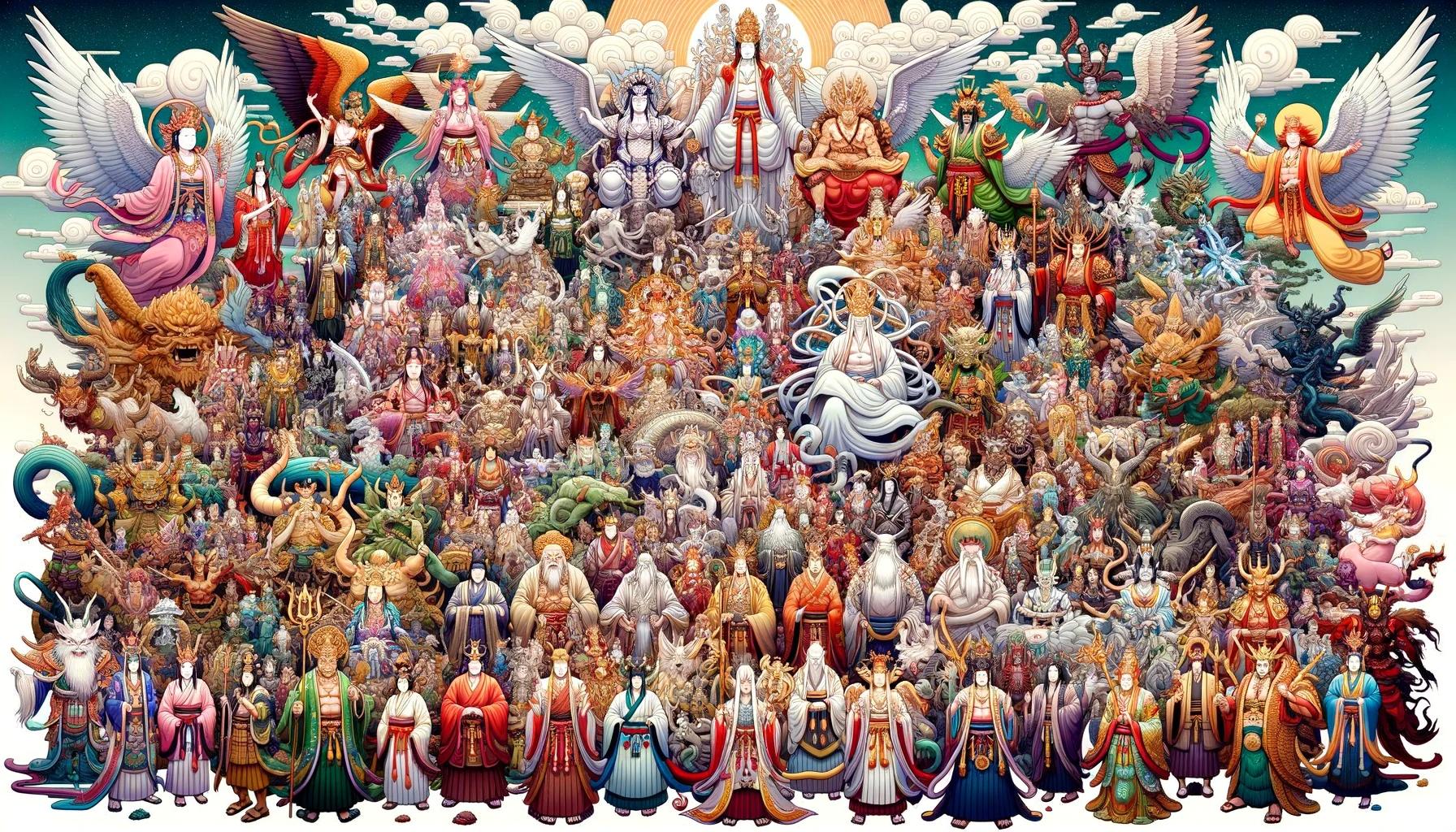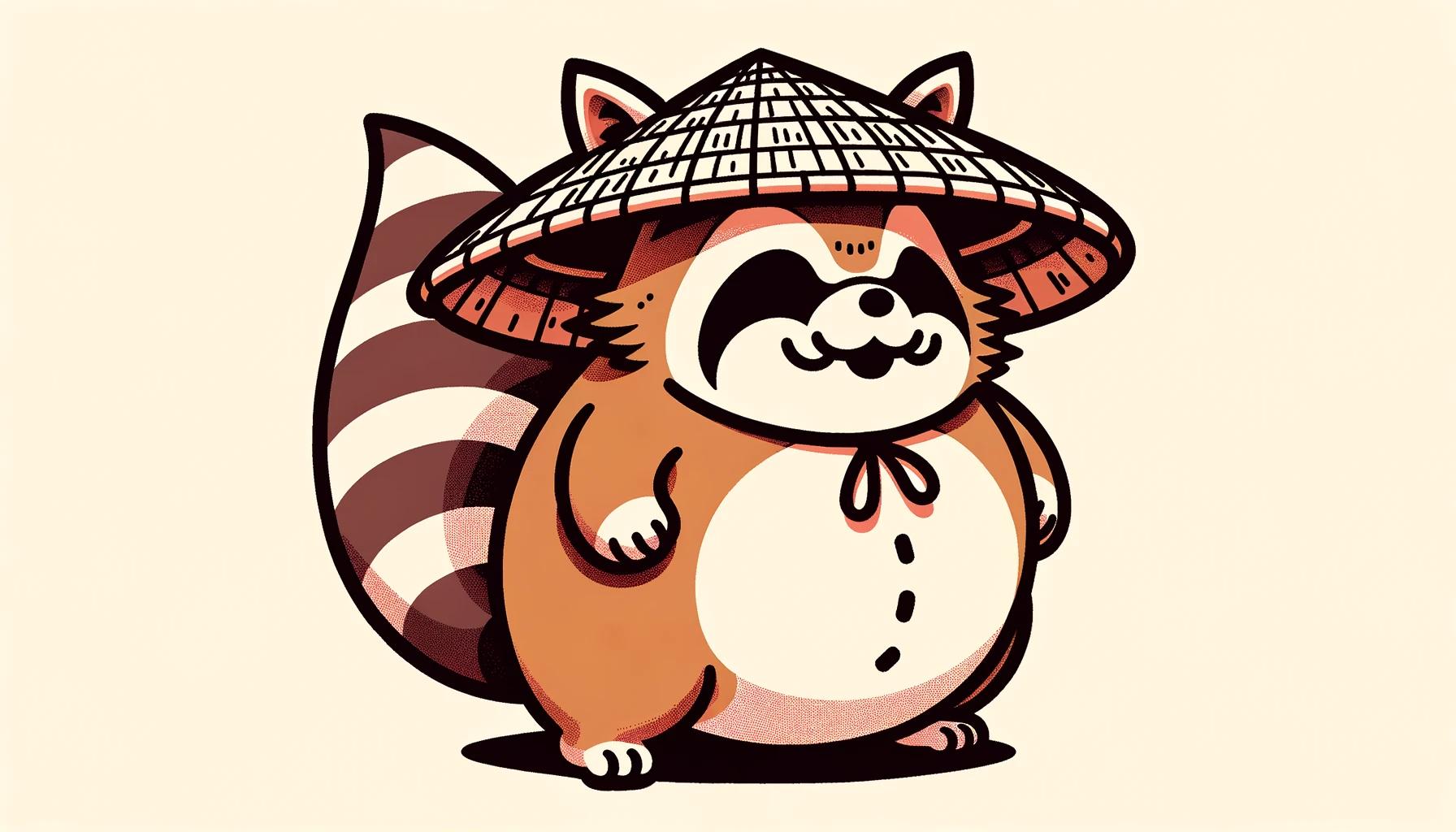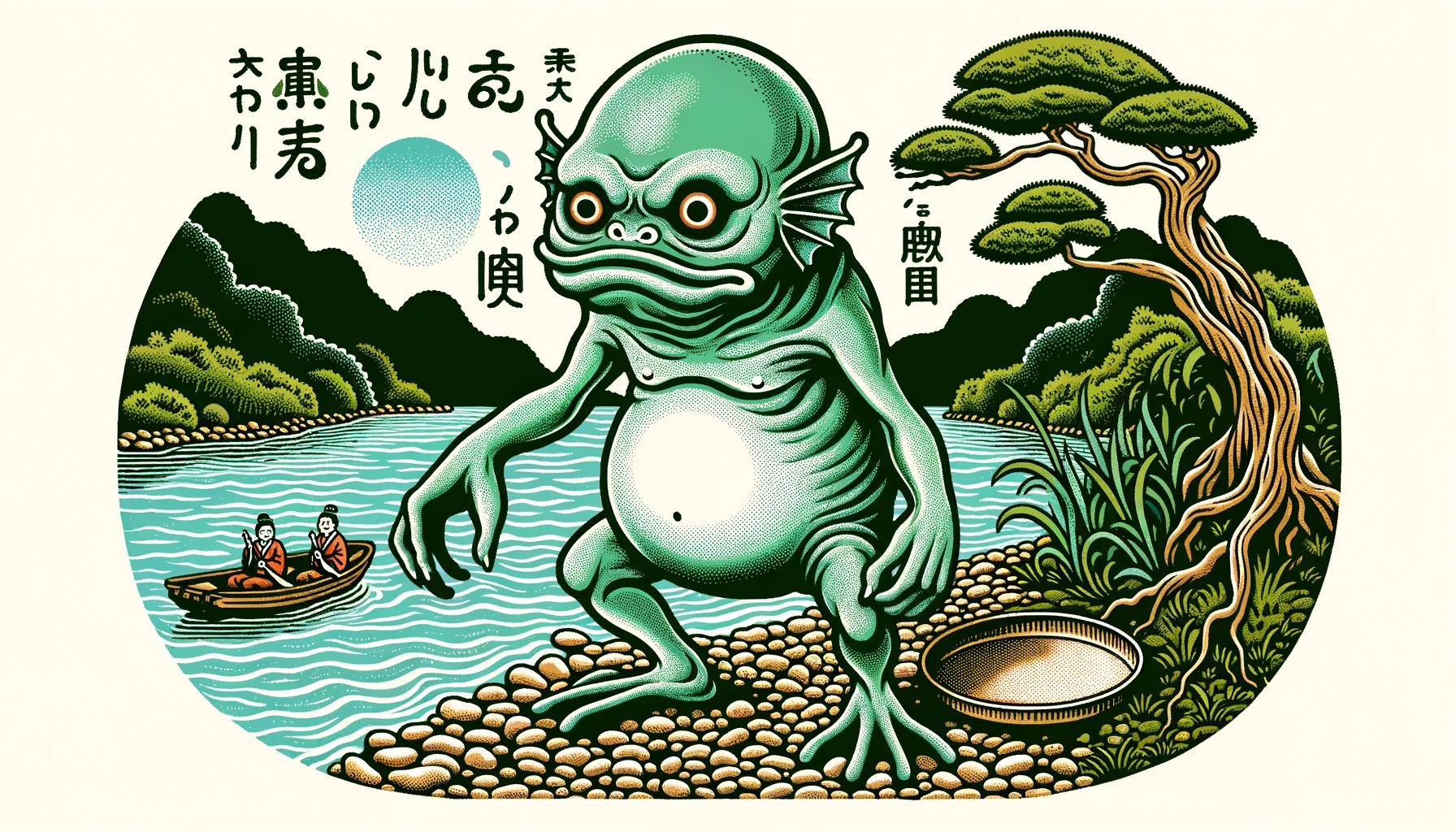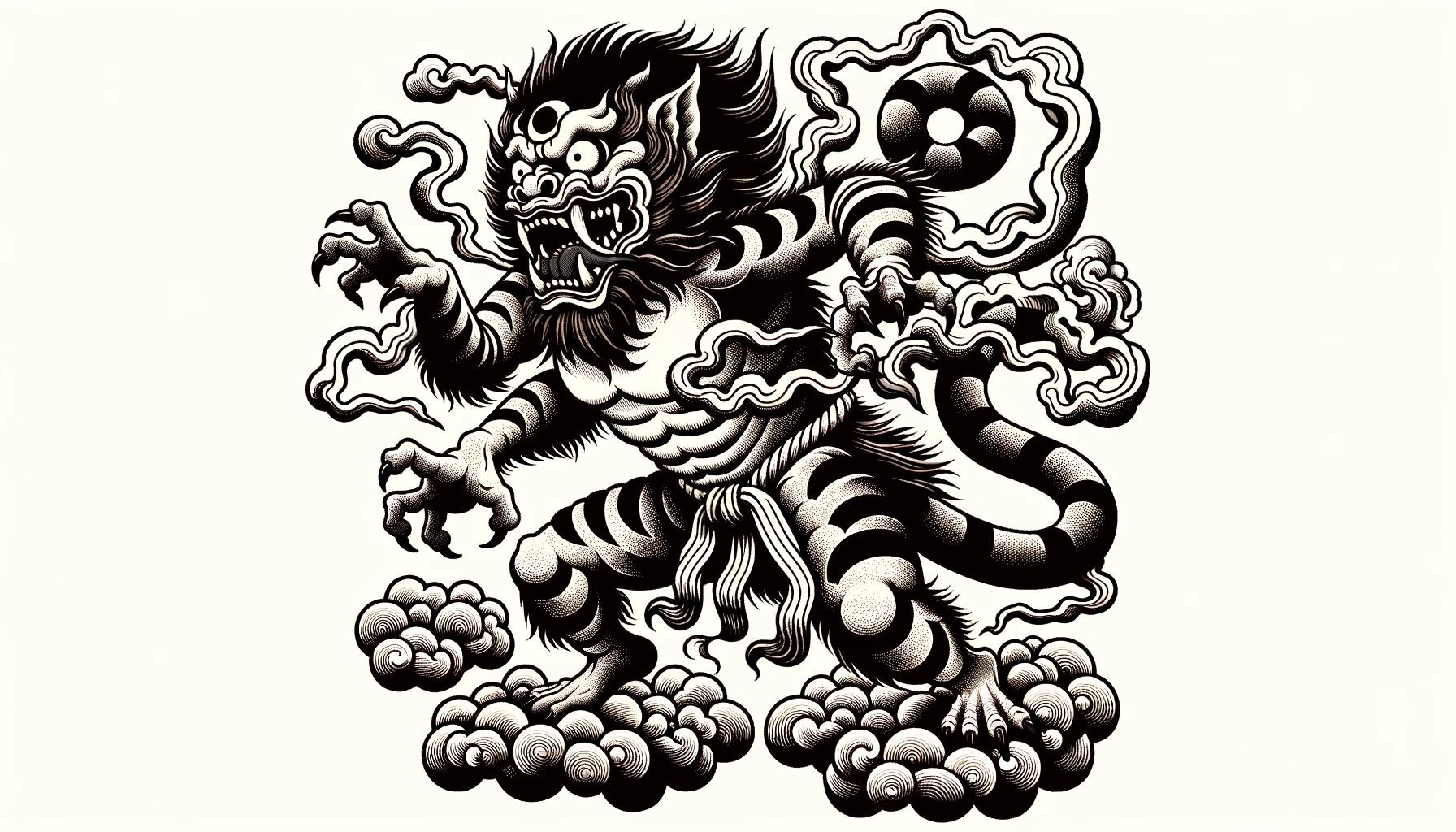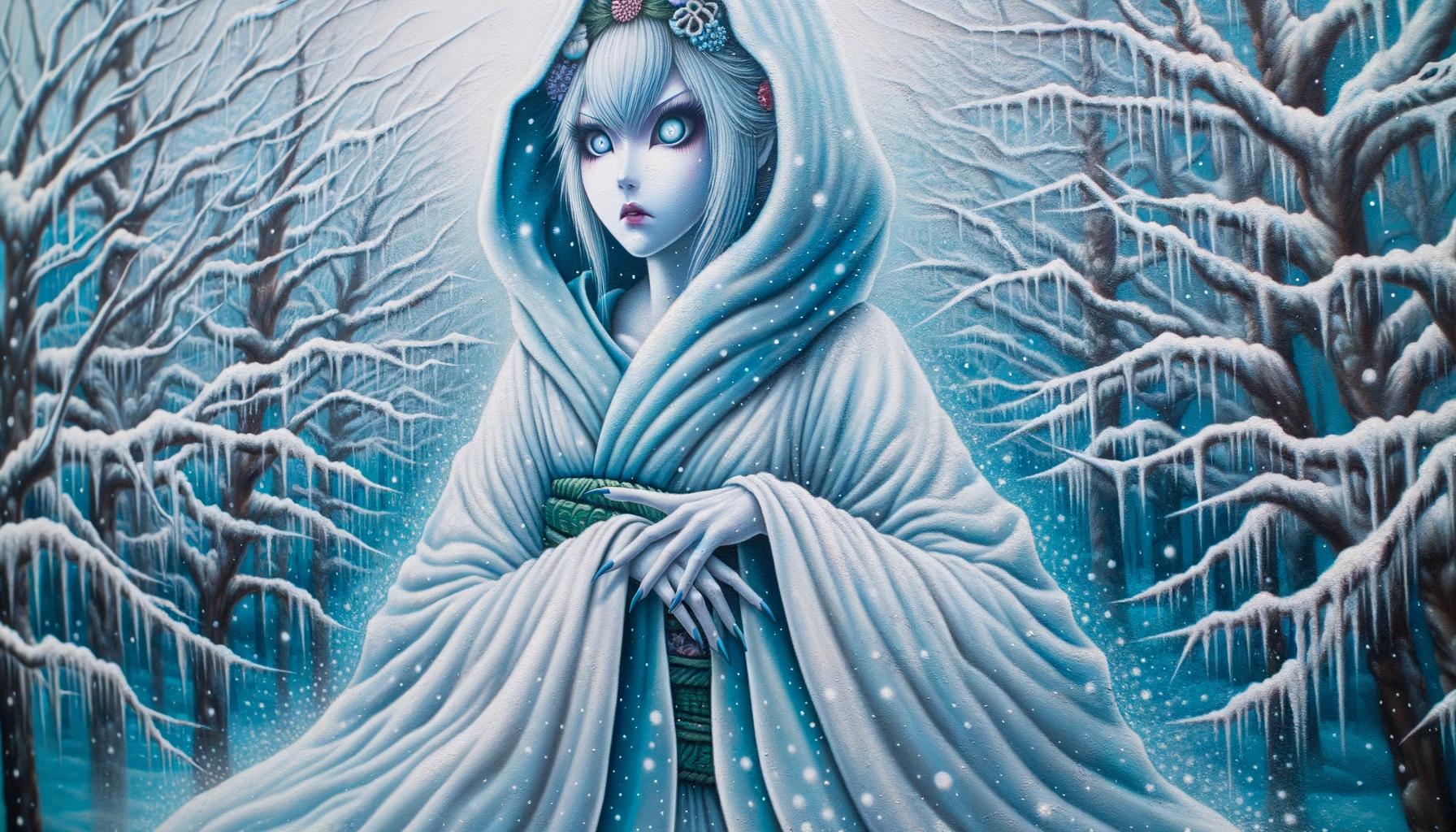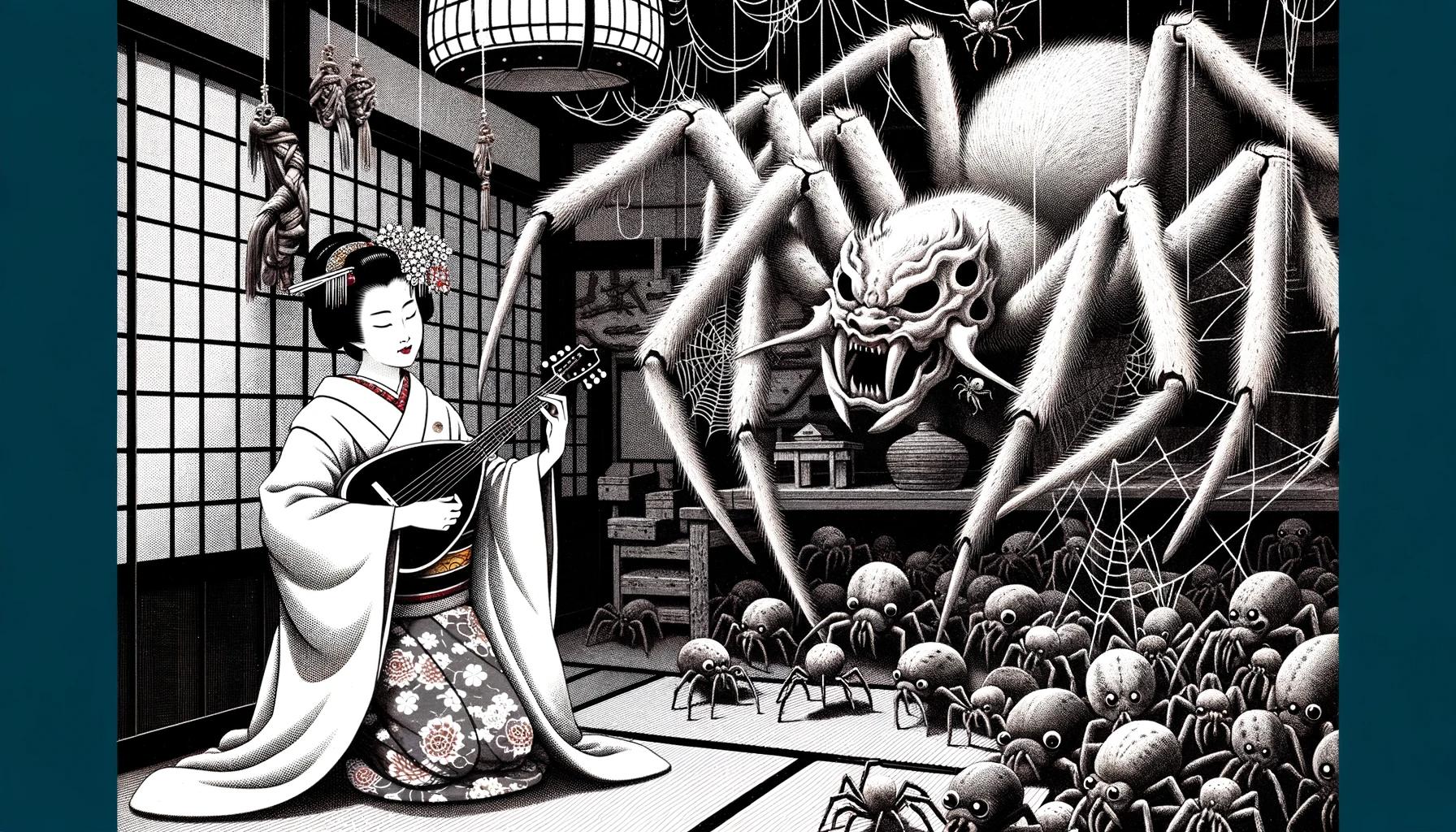Japanese Kasa Obake Yokai: Mysteries of the Playful Spirit
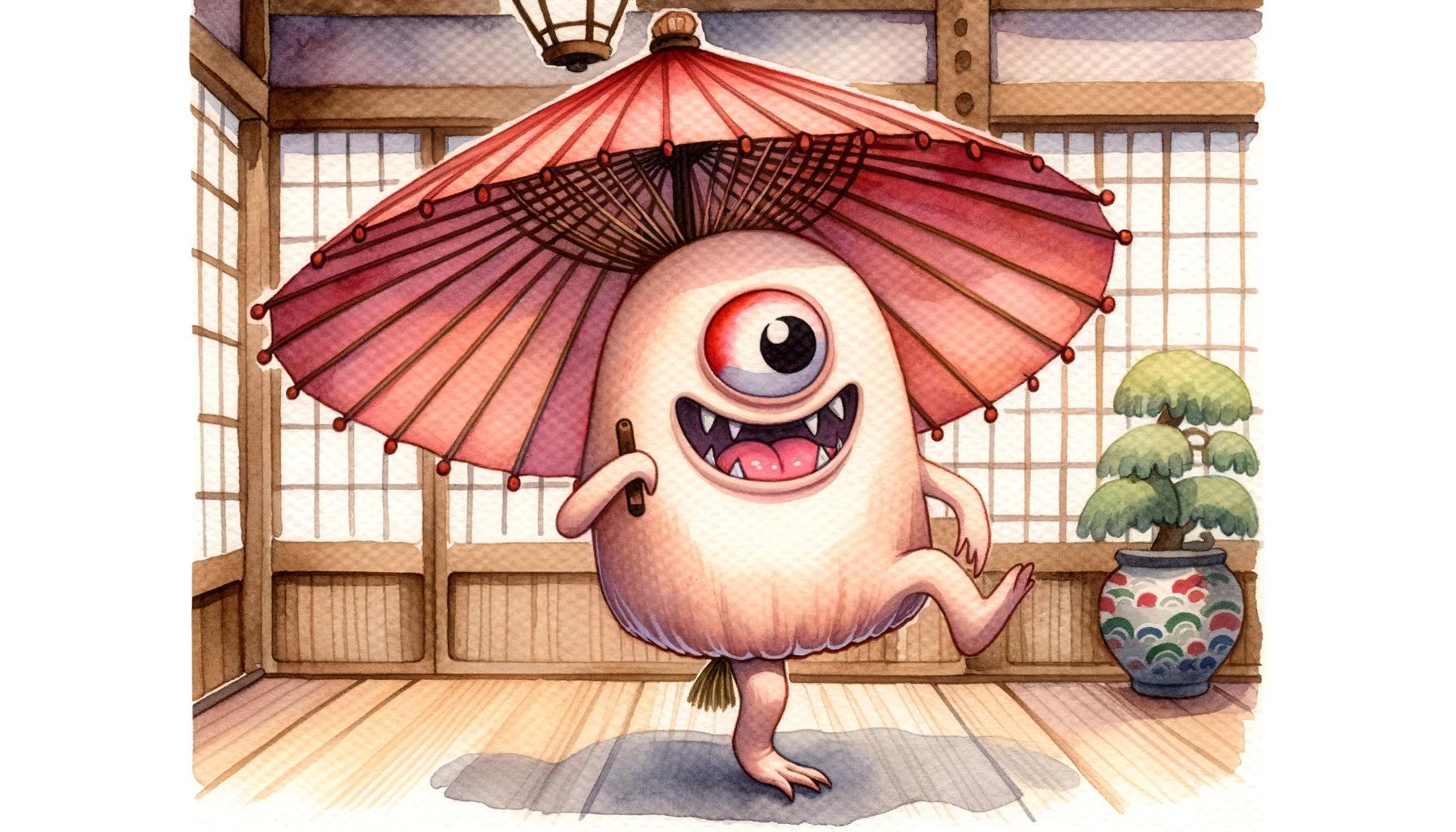
Japanese Kasa Obake Yokai are playful spirits that reside within objects, specifically umbrellas. Belonging to the Yokai and Tsukumogami subgroups, these mischievous creatures are known for their unique physical traits, such as one eye and one foot.
Throughout history, they have been depicted in various forms of art and media, leaving a cultural impact on Japan. This article explores their characteristics, legends, and depictions, along with related Yokai and frequently asked questions.
Delve into the mysterious realm of Kasa Obake Yokai in this comprehensive exploration.
Overview of Japanese Kasa Obake Yokai
The world of Japanese folklore is rich with intriguing creatures and spirits, and one such entity is the Kasa Obake Yokai. In this section, we will explore the fascinating realm of Kasa Obake, beginning with an introduction to Yokai and Tsukumogami, followed by a glimpse into the history and evolution of the Kasa Obake spirit.
We will also delve into the cultural significance of Kasa Obake in Japanese folklore.
Introduction to Yokai and Tsukumogami
Yokai, meaning “bewitching apparitions,” are supernatural creatures that have long been part of Japanese mythology. These spirits are believed to dwell in various objects, places, or even in nature itself.
Among the diverse classifications of Yokai, we find the Tsukumogami, spirits that reside within everyday tools or objects. These Tsukumogami, including the mischievous Kasa Obake, possess distinct characteristics and behaviors.
History and Evolution of Kasa Obake
The history of Kasa Obake dates back centuries, and its depiction has evolved over time. In the Muromachi period, Kasa Obake was portrayed as a humanoid creature with an umbrella on its head.
However, during the Edo period, a popular representation emerged featuring an umbrella with a single eye and a foot. These varying interpretations have contributed to the diverse artistic representations of Kasa Obake throughout history.
Cultural Significance in Japanese Folklore
Kasa Obake holds a significant place in Japanese folklore and culture. While not considered one of the most terrifying Yokai, its mischievous nature and playful pranks have captured the imagination of the Japanese people.
The existence of Kasa Obake reflects the belief that spirits can inhabit and animate everyday objects, emphasizing the connection between the human world and the spiritual realm. Its presence in art, literature, films, and other forms of media showcases its enduring cultural impact.
Characteristics and Behaviors of Kasa Obake
Kasa Obake, the playful spirits residing within umbrellas, exhibit unique characteristics and behaviors that distinguish them from other Yokai. Let’s dive into their mischievous nature, distinctive physical traits, and the captivating stories and legends that surround them.
Playful Nature and Pranks
Known for their mischievous antics, Kasa Obake often delight in playing tricks on unsuspecting humans. Their playful nature manifests in various ways, from sudden movements to unexpected noises, leaving people startled and bewildered.
These spirited creatures derive amusement from surprising individuals and causing harmless scares, adding an element of whimsy to their encounters.
Unique Physical Traits: One Eye and One Foot
One distinguishing feature of Kasa Obake is their peculiar physical appearance. Traditional representations portray them with a single large eye and one leg, adding to their distinctive charm and eccentricity. This distinct trait sets them apart from other Yokai, making them easily recognizable in Japanese folklore and artistic depictions.
Stories and Legends Surrounding Kasa Obake
Throughout history, numerous stories and legends have emerged that revolve around Kasa Obake. These tales range from heartwarming anecdotes to cautionary tales, revealing the multifaceted nature of these umbrella spirits. Whether they are portrayed as mischievous pranksters in folktales or revered as protective guardians in certain narratives, Kasa Obake continues to captivate the imagination of storytellers and audiences, adding to the rich tapestry of Japanese folklore.
Depictions of Kasa Obake in Art and Media
The mythological creature known as Kasa Obake has inspired various artistic interpretations, leaving a lasting impact on Japanese art and popular culture. Let’s explore the different ways Kasa Obake has been depicted in traditional artworks, as well as its iconic portrayals in anime, manga, and video games.
Representations in Traditional Artworks
In traditional Japanese artworks, Kasa Obake is often depicted as a mischievous umbrella with a single eye and a single leg. These visual representations highlight the playful nature of this Yokai spirit, showcasing its ability to transform and move about in unexpected ways.
Traditional paintings and woodblock prints capture the essence of Kasa Obake, showcasing its distinct features and adding to the intrigue surrounding the creature.
Iconic Portrayals in Anime, Manga, and Video Games
The influence of Kasa Obake extends beyond traditional art, as it has become a beloved character in anime, manga, and video games.
Anime series and movies often feature Kasa Obake as a whimsical and sometimes comedic character, bringing its mischievous nature and unique physical traits to life. Manga artists also incorporate Kasa Obake into their stories, allowing fans to delve deeper into the folklore and legends associated with this fascinating Yokai.
Additionally, video game creators have embraced the charm of Kasa Obake, incorporating it as an enemy or even a playable character in various games.
The vibrant and imaginative graphics of video games provide a dynamic platform for showcasing the creature’s ability to surprise and delight players.
Popularity and Cultural Impact in Japan
Kasa Obake has gained considerable popularity in Japanese culture due to its intriguing mythology and distinctive appearance. The creature’s playful antics and unique characteristics have captured the imagination of both locals and international enthusiasts.
Its presence in art, anime, manga, and video games has further solidified its status as a beloved Yokai and a notable cultural icon in Japan.
Not only does Kasa Obake continue to inspire artists and creators, but it also serves as a bridge between traditional folklore and modern entertainment.
Its enduring popularity reflects the ongoing fascination with Yokai and the rich cultural heritage they represent.
Yokai Related to Kasa Obake
Exploring the fascinating realm of Kasa Obake Yokai opens the door to other intriguing creatures that are closely related within the world of Japanese folklore. Let’s delve into some notable Yokai and concepts associated with Kasa Obake.
Other Tsukumogami and Object Spirits
Alongside Kasa Obake, there are several other Tsukumogami, spirits that reside within everyday tools and objects. These animated objects, when discarded or mistreated, can transform into vengeful or mischievous entities. Examples include Karakasa-obake (an umbrella with an eye and a single leg) and Bakezori (a possessed straw sandal).
Hyakki Yagyo and the World of Yokai
Hyakki Yagyo, also known as the Night Parade of One Hundred Demons, is a supernatural event in Japanese folklore where Yokai roam freely. Kasa Obake often takes part in this nocturnal procession, joining a myriad of other fascinating creatures like Tengu (avian humanoids), Kitsune (shape-shifting foxes), and Nekomata (cat-like Yokai with magical abilities).
Notable Yokai from Japanese Folklore
Japanese folklore is rich with an extensive variety of Yokai, each with its unique characteristics and stories. Some notable Yokai include:
- Yuki-onna: A ghostly spirit appearing as a beautiful woman, associated with snowstorms and cold winters.
- Kappa: A water-dwelling creature with a beak-like mouth and a shallow basin on its head filled with water, known for its mischievous nature.
- Oni: Often depicted as fierce demons with horns and a club, associated with punishing the wicked and causing chaos.
- Tanuki: A mischievous Yokai resembling a raccoon dog, known for their shapeshifting abilities and large, magical testicles.
- Yamata no Orochi: A legendary eight-headed and eight-tailed serpent Yokai, often depicted as a colossal creature wreaking havoc.
These are just a few examples of the many Yokai that populate Japanese folklore, each contributing to the diverse and captivating world of supernatural beings in Japan.
Frequently Asked Questions about Kasa Obake
How Dangerous are Kasa Obake?
While Kasa Obake are mischievous and delight in surprising humans, they are not inherently dangerous. Their favorite prank involves sneaking up on unsuspecting individuals and playfully licking them with their oily tongues, which can be unsettling but not harmful.
However, it is important to exercise caution as there are other Tsukumogami umbrellas that can pose a threat to humans. To ensure safety, it is crucial not to mistake them for this playful spirit.
How to Distinguish Kasa Obake from Other Yokai?
Differentiating Kasa Obake from other Yokai can be challenging due to their diverse appearances. However, there are a few key features that can help in distinguishing them. Kasa Obake are characterized by their umbrella-like form, single eye, and single foot.
These unique physical traits set them apart from other humanoid or animalistic Yokai. Additionally, their playful nature and affinity for pranks are distinctive qualities to look for when identifying them.
Are There Similar Spirits in Other Cultures?
While the Kasa Obake belongs to Japanese folklore, similar spirits and mythical creatures exist in various cultures worldwide. Folklore from different regions often features stories about humanoid creatures, legendary animals, or supernatural beings.
These fascinating tales encompass a wide range of creatures including Bigfoot, Sasquatch, dragons, werewolves, and extraterrestrials. Each culture’s folklore adds richness and diversity to the world of mythical beings and supernatural phenomena.
As we conclude our exploration of the fascinating world of Japanese Kasa Obake Yokai, we are left with a sense of awe and wonder. These mischievous spirits, residing within umbrellas, have captivated the imagination of the Japanese people for centuries.
Through their playful nature and unique physical traits like one eye and one foot, Kasa Obake have become iconic symbols in Japanese folklore and popular culture.
Represented in traditional artworks during the Muromachi period and depicted with an eye and a leg during the Edo period, Kasa Obake have left their mark on various artistic mediums and continue to be featured in anime, manga, video games, and other forms of entertainment.
While Kasa Obake may startle humans with their oily tongues, they are generally harmless spirits. However, caution should be exercised to differentiate them from potentially dangerous umbrella Tsukumogami. A broader exploration into the Yokai realm reveals a vast collection of spirits ranging from other Tsukumogami and object spirits to legendary creatures like Hyakki Yagyo and other notable Yokai from Japanese folklore.
Intriguingly, the themes of supernatural beings extend beyond Japanese culture, with their counterparts found in different cultures worldwide. From Bigfoot and Sasquatch to dragons and extraterrestrials, these creatures ignite curiosity and contribute to the rich tapestry of cryptids and folklore globally.
In summary, the enigmatic Japanese Kasa Obake Yokai, with their playful nature and distinctive characteristics, have become an integral part of Japanese folklore and popular culture. Their portrayal in art and media continues to captivate audiences, while their connection to other Yokai and supernatural phenomena adds to the mystique and allure of this captivating realm.
.












